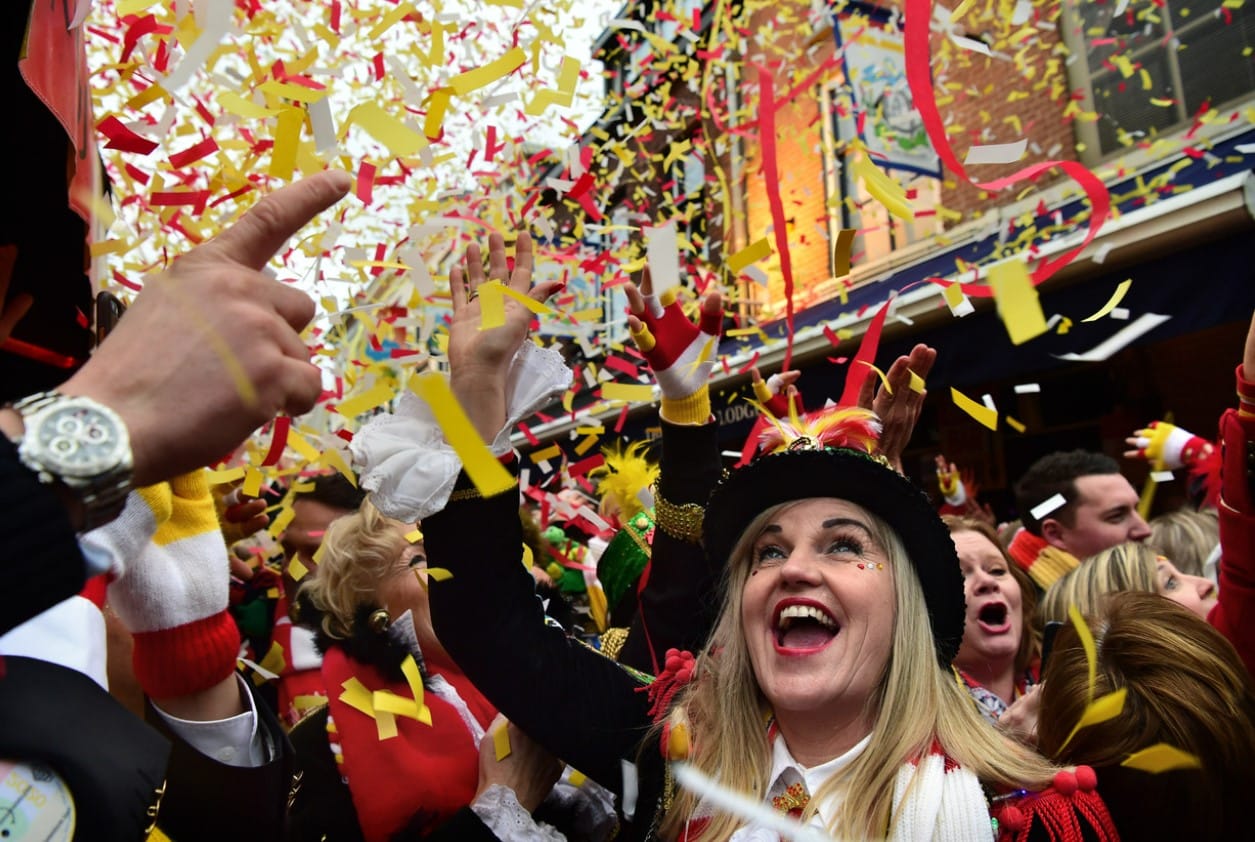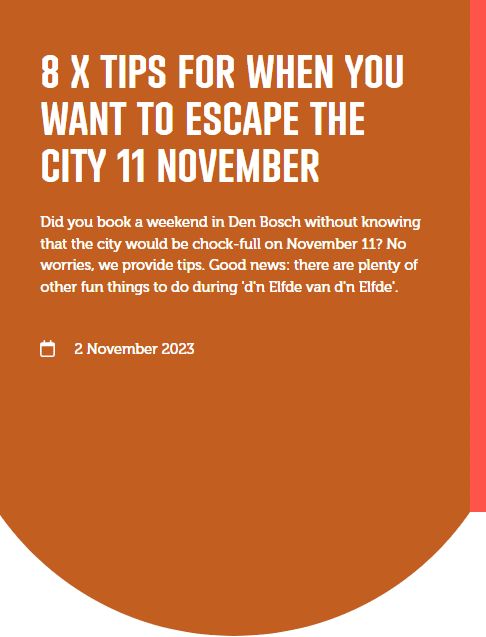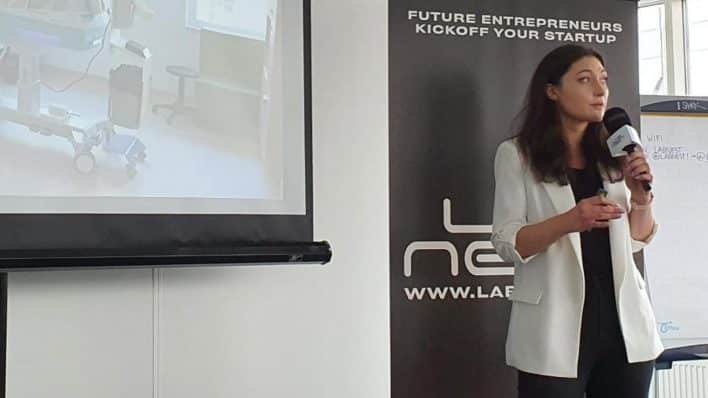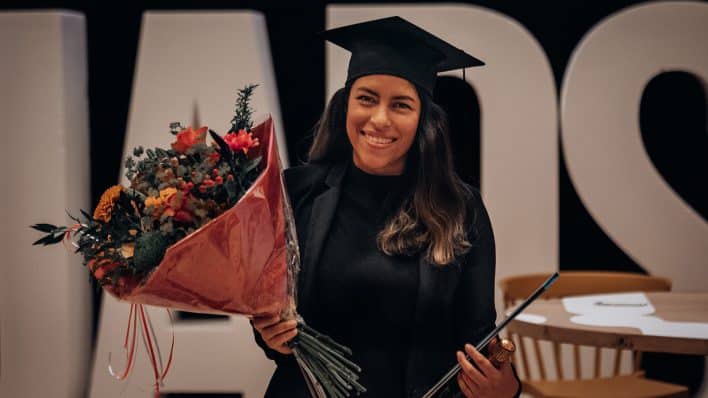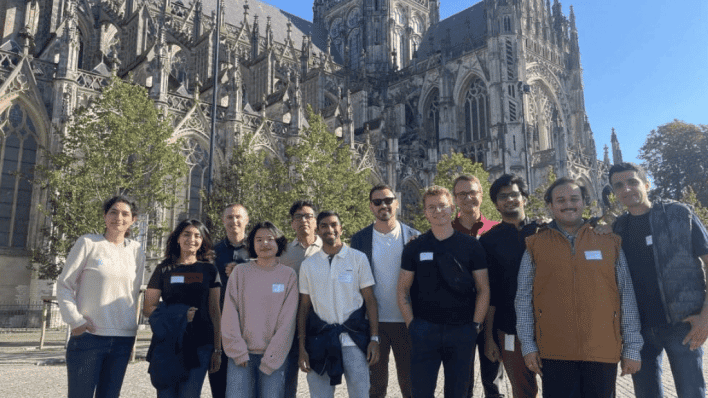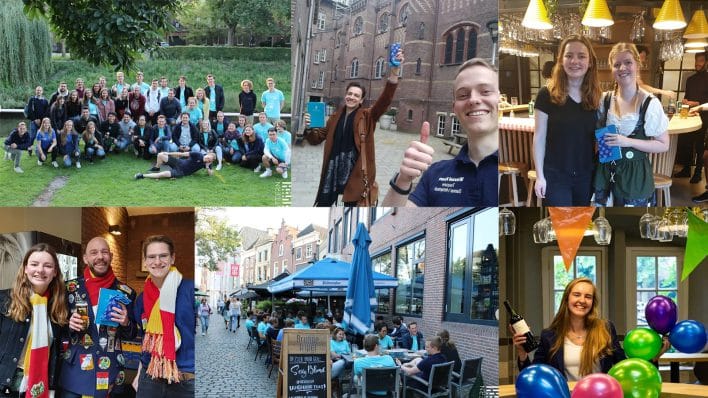History 101: why celebrate carnival?
During carnival, dressing up, music and parades reflect people’s creativity. The main explanation for the origin of the celebration is that people were happy that, after the often harsh winters, the days were getting longer again. A dark period ended and a period of prosperity, spring, arrived.
The power of Carnival for Oeteldonk
Carnival is often referred to with the word Vastenavond or Lent, which has to do with fertility. Actually, carnival was traditionally a feast in which people mainly celebrated the lengthening of the days and the fertility of crops, people and animals. Only later, under the influence of the Roman Catholic Church, carnival was directly linked to the church calendar and Lent. During the feast, people could have a good time before the austere forty days of Lent began. Evidence has been found, including in the Miracle Book of St John’s, that there was talk of ‘Lent’ as early as 1444. In short: the feast has been celebrated in Den Bosch for more than 550 years.
Data science and Carnival? Check the Smart City Monitor project JADS is part of. This helps ‘s-Hertogenbosch gain insight into visitor flow during Carnival!
4 x need to know local customs for carnival in ‘s-Hertogenbosch
1.The blue farmer’s smock
The traditional dress for the Oeteldonk carnival celebrant, has remained virtually unchanged since time immemorial. The initiated Oeteldonker is very easy to distinguish from a not quite initiated Oeteldonker or carnival revellers (temporarily) imported to Oeteldonk. Real Oeteldonkers wear a smock that they decorate with emblems and annual shields, thus adding a new element to the smock every year. According to old tradition, the smock should not be washed out, but only aired.
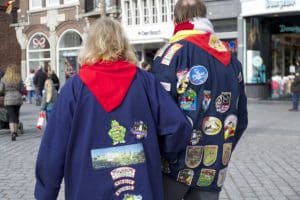
The blue farmer’s smock. ©Scholen Oeteldonk
2.The flag
Unmistakably one of the most prominent symbols of the Oeteldonk carnival is the Oeteldonk tricolour red-white-yellow. The tricolour is omnipresent and flies proudly on numerous flagpoles, on many façades and also serves as an excellent remedy against the cold in the form of a woollen knitted scarf. The Oeteldonk tricolour can even be found on bumper stickers inside and outside the village borders! Trivia: every city has its own and different colors during carnival. Eindhoven for instance is orange-blue-orange and Tilburg green-orange.
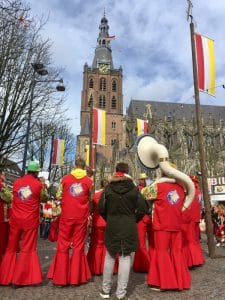
The red-white-yellow colour flag of Oeteldonk. ©Sandy Bouwman; Visit Den Bosch
3.Frog
The (green) frog or frog bunting is a frequently seen symbol during carnival in Oeteldonk. Contrary to what many people think, the frog is not a reference to the word ‘Oetel’ in Oeteldonk, but more a symbol for the Oeteldonk swamp. Where exactly the word ‘oetel ‘ comes from then is not entirely clear.
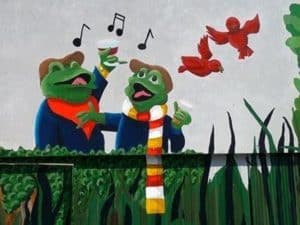
Oeteldonk frogs? ©Oeteldonk.org
4.The town’s anthem
The Town’s anthem, written in 1884 by Driek Pakaon and composed by Hannes Krassert, is an ode to Oeteldonk. It is composed of three stanzas, of which in practice only the first is usually sung. It is loudly sung on the square in front of Oeteldonk Central on Sunday morning by thousands of frenzied Oeteldonkers. This is the day that the Carnival Prince arrives. . The song is concluded with a three-word and loudly shouted “long live the Prince!” by Driek Pakaon. Want to sing along too? Start practising https://www.youtube.com/watch?v=e6nLGgT75RE
Join the event organized by DSA Pattern on February 9th 2024
Student association at JADS, DSA Pattern, organizes a special Carnaval Event. They also offer scarves and an emblem to meet the dressing requirements for Oeteldonk. More info will follow soon, but you can put it in your calendar already or
Buy your tickets here
Want to know all about Carnival?
Then visit the Oeteldonks Gemintemuzejum and discover the rich history of a special (inter)national multicoloured celebration. Please note: during Carnival, parties are held and the museum is closed. https://www.carnavalsmuseum.nl/
JADS Ecosystem
JADS is a hotspot where researchers, data science students, start-ups, scale-ups and experts of the industry collaborate in developing cutting-edge, real-world solutions. Our ambition goes beyond being an academic leader in the field of data science.
Our aim is to play a key role in building a new ecosystem and accelerate the data driven economy in The Netherlands. We do this by connecting data science and entrepreneurship in many ways. From educating students and professionals to organizing events, to accelerating data driven start ups.
Learn more about the JADS ecosystem and / or the formal and informal events we host each year
JADS ecosystem
Formal & informal events at JADS
